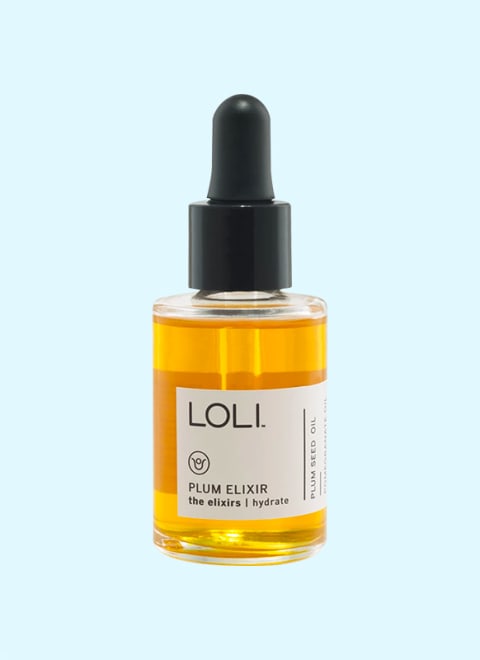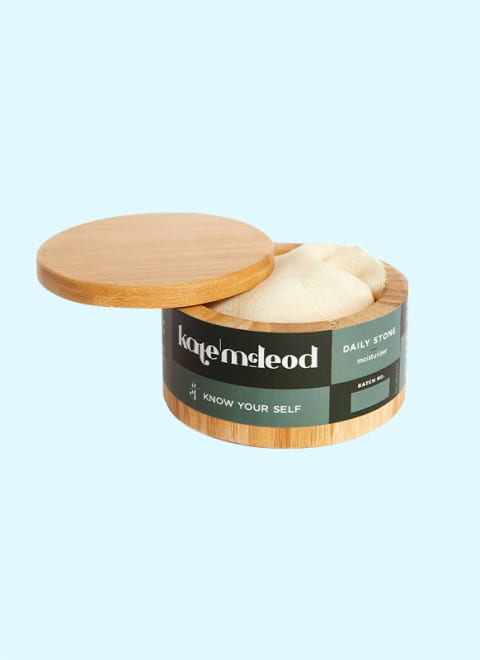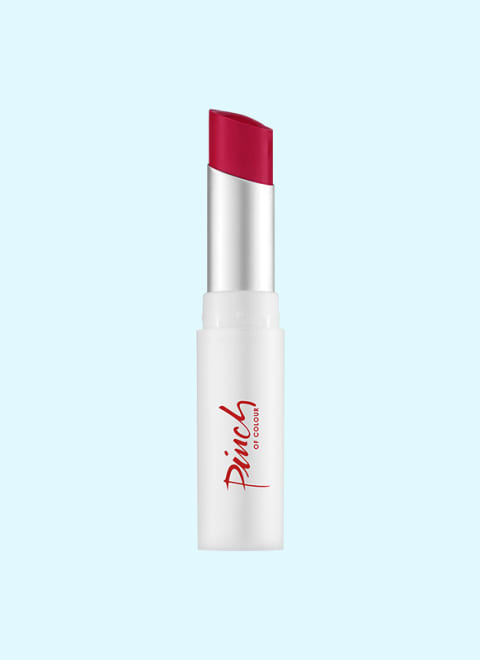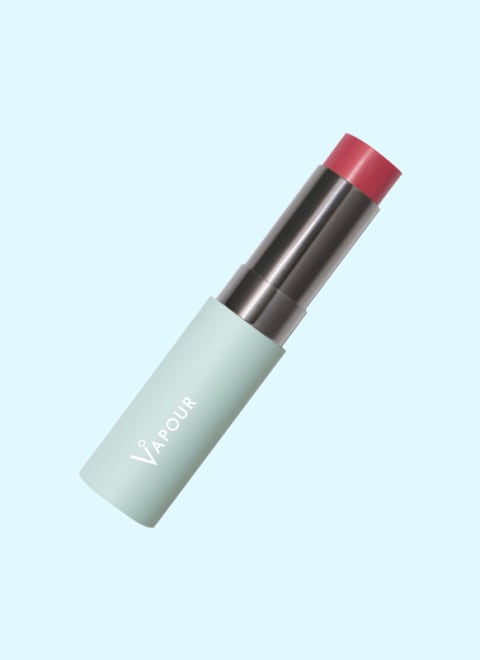Water is a mainstay in many beauty products (check out your vanity; you’ll see it listed as the first ingredient for most), so why would there be such a strong push to leave it out? Well, that comes down to sustainability, shelf life, and efficacy. Here, everything you need to know about waterless beauty. As the beauty space starts to move toward greener, more sustainable options, from the packaging used to better-for-the-environment ingredients, one area we’ll start to hear more about is water consumption. Why? Because water is used in countless beauty products. “For decades water has been a go-to inexpensive and readily available filler ingredient,” says Vapour Beauty co-founder Krysia Boinis. The brand’s a mainstay in the clean makeup space, and they recently relaunched with reformulations and new, eco-friendlier packing. The biggest part of that reformulation? Going waterless in 97% of their products. “As consumers and brands become more conscious of global freshwater shortages—we are located in our high desert home of Taos, New Mexico, so this is personal for us—we’re going to see water treated as the precious resource it is. Waterless formulation will continue to be a sustainable choice, one that supports the greatest environmental preservation.” The trend has been in the works for a few years now: Companies like Unilever, L’Oréal and Procter & Gamble have pledged to eventually reduce their water footprint in the coming years to varying degrees. And while we celebrate whenever the big brands make commitments to more sustainable measures—that’s usually when you see more impact, after all—what’s exciting right now is these smaller, more nimble brands who are able to implement change faster. Hence, Vapour Beauty being able to reformulate their entire line. Or the new brand Pinch of Colour being able to launch with entirely waterless formulas. This, of course, isn’t to say it’s easy. “Growing up in Albania and experiencing water scarcity firsthand, I knew this was important,” says Pinch of Colour CEO Linda Treska. “But creating waterless products can be a very big challenge as water has been, and continues to be, one of the main ingredients in beauty and personal care products.” So while we’ll absolutely see brands tout reduced-water formulations in the coming years, getting to that point might take some time given the formula hurdles. “Most beauty products are 80 to 95% water. This means the ‘active’ ingredients are diluted, and since water can easily grow bacteria, there is a need to add chemical preservatives, which are known irritants and carcinogens. Then other synthetics are added to impart a texture or scent to the product experience, transforming water into varying textures and forms to entice and delight the customer. So essentially, the customer is purchasing diluted and polluted product overpackaged in plastic,” says Tina Hedges, product formulator and founder of LOLI Beauty. But back to that bacteria point: “As a scientist—infectious disease immunology—I, unfortunately, know more than I’d like to when it comes to microbe contamination. As you know, water can be a great thing, but it increases the risk of contamination as bacteria need water to flourish,” says Robb Akridge, Ph.D., CEO, founder of REA Innovations and co-founder Clarisonic. “Anhydrous cosmetics do not have water; therefore, bacteria have a difficult time growing in them. Now every system has a flaw; since anhydrous products typically have oils, they can become rancid like old cooking oil. You can get around this by the simple addition of an antioxidant, like vitamin E, to help keep them from spoiling.” However, you’re not off the bacteria hook, just yet, he notes. “Just because bacteria don’t flourish in anhydrous doesn’t mean they can’t be introduced to the product, and just stay there, alive,” he says. “For example, if you have an anhydrous body scrub, every time you put your hand (probably wet hand) in the jar, you are adding more bacteria from your hands. The best solution is not to put fingers or put used dirty implements into containers.” Akridge says, too, that skipping water-as-a-filler makes the end product more efficacious for the skin. “Anhydrous products absorb easier into the skin because of oil lipid content to get actives to where they need to go, whereas water products aren’t as effective,” he adds. Body Cream, Costa Brazil ($98) Plum Elixir, LOLI Beauty ($68) Daily Stone, Kate McLeod ($45) Matte Velvet Waterless Lip Colour, Pinch of Color ($24) Aura Multi Stick, Vapour ($36)







